Andrew M. Ellis, Miklos Feher, Timothy G. Wright0521817374, 9780521817370, 9780511080531, 0521520630
Table of contents :
Cover……Page 1
Half-title……Page 3
Title……Page 5
Copyright……Page 6
Contents……Page 7
Preface……Page 13
Journal abbreviations……Page 15
1.1 The basics……Page 19
1.2 Information obtained from electronic and photoelectron spectra……Page 21
2.1.1 Wave particle duality and the Schrödinger equation……Page 23
2.1.2 The Born–Oppenheimer approximation……Page 24
2.1.3 The Schrödinger equation for many-electron atoms and molecules……Page 25
2.1.4 The orbital approximation……Page 26
References……Page 27
3 Angular momentum in spectroscopy……Page 28
4.1 Atoms……Page 31
4.2 Molecules……Page 33
4.2.1 Low-lying molecular orbitals of H2……Page 34
4.2.3 Electronic states of H2……Page 36
References……Page 39
5.1.1 The classical harmonic oscillator……Page 40
5.1.2 The quantum mechanical harmonic oscillator: vibrational energy levels……Page 42
5.1.3 The quantum mechanical harmonic oscillator: vibrational wavefunctions……Page 43
5.1.4 The anharmonic oscillator……Page 44
5.1.5 Vibrations in different electronic states……Page 45
5.2.1 Normal vibrations……Page 47
5.2.2 Symmetries of vibrational coordinates and wavefunctions……Page 53
5.2.3 Anharmonicity in polyatomic vibrations……Page 54
References……Page 55
6.1.1 The rigid rotor……Page 56
6.1.2 Space quantization……Page 58
6.2.1 Classical limit……Page 59
6.2.2 Classification of polyatomic rotors……Page 60
6.2.4 Rotational energy levels of symmetric tops……Page 63
6.2.6 Rotational energy levels of asymmetric tops……Page 65
7.1 Transition moments……Page 67
7.1.1 Absorption and emission……Page 69
7.1.2 Concept of selection rules……Page 71
7.2 Factorization of the transition moment……Page 72
7.2.1 Electronic selection rules……Page 73
7.2.2 Vibrational propensities for diatomic molecules……Page 74
7.2.3 Vibrational selection rules and propensities for polyatomic molecules……Page 77
7.2.4 Rotational selection rules……Page 79
References……Page 80
8.1 Thermal sources……Page 83
8.2.1 General principles……Page 84
8.2.3 Production of free radicals, clusters, and ions in supersonic jets……Page 87
8.3 Matrix isolation……Page 88
References……Page 90
9.1 Natural broadening……Page 91
9.2 Doppler broadening……Page 92
9.3 Pressure broadening……Page 93
10.1 Properties……Page 94
10.2 Basic principles……Page 95
10.4 Nd: YAG laser……Page 97
10.5 Excimer laser……Page 98
10.6 Dye lasers……Page 99
10.7 Titanium: sapphire laser……Page 101
References……Page 102
11.1 Conventional absorption/emission spectroscopy……Page 103
11.2 Laser-induced fluorescence (LIF) spectroscopy……Page 105
11.3 Cavity ringdown (CRD) laser absorption spectroscopy……Page 108
11.4 Resonance-enhanced multiphoton ionization (REMPI) spectroscopy……Page 110
11.5 Double-resonance spectroscopy……Page 112
11.6 Fourier transform (FT) spectroscopy……Page 113
References……Page 117
12.1 Conventional ultraviolet photoelectron spectroscopy……Page 118
12.3 Negative ion photoelectron spectroscopy……Page 121
12.5 Zero electron kinetic energy (ZEKE) spectroscopy……Page 123
Further reading……Page 126
13.1 Electronic structures of CO and CO+……Page 129
13.3 Second photoelectron band system……Page 131
13.5 Adiabatic and vertical ionization energies……Page 132
13.6 Intensities of photoelectron band systems……Page 133
13.7 Determining bond lengths from Franck–Condon factor calculations……Page 134
References……Page 135
14 Photoelectron spectra of CO2, OCS, and CS2 in a molecular beam……Page 136
14.1 First photoelectron band system……Page 139
14.2 Second photoelectron band system……Page 141
14.4 Electronic structures: constructing an MO diagram from photoelectron spectra……Page 142
References……Page 144
15.1 The experiment……Page 145
15.2 Vibrational structure……Page 146
15.4 Structure determination……Page 148
15.6 Electronic structure……Page 150
References……Page 153
16.1 Electronic structure and selection rules……Page 154
16.2 Assignment and analysis of the rotational structure……Page 157
References……Page 159
17 Photoionization spectrum of diphenylamine: an unusual illustration of the Franck–Condon principle……Page 160
References……Page 165
18 Vibrational structure in the electronic spectrum of 1, 4-benzodioxan: assignment of low frequency modes……Page 166
18.2 Assigning the spectra……Page 168
References……Page 172
19 Vibrationally resolved ultraviolet spectroscopy of propynal……Page 173
19.2 Assigning the vibrational structure……Page 175
19.3 LIF spectroscopy of jet-cooled propynal……Page 177
References……Page 180
20.1 Assigning the rotational structure……Page 181
20.2 Perpendicular versus parallel character……Page 183
20.4 Effects of asymmetry……Page 184
References……Page 186
21 ZEKE spectroscopy of Al(H2O) and Al(D2O)……Page 187
21.2 Assignment of the vibrationally resolved spectrum……Page 188
21.3 Dissociation energies……Page 191
21.4 Rotational structure……Page 193
21.5 Bonding in Al(H2O)……Page 194
References……Page 195
22 Rotationally resolved spectroscopy of NO free radical……Page 196
References……Page 202
23 Vibrationally resolved spectroscopy of Mg+ –rare gas complexes……Page 203
23.1 Experimental details……Page 204
23.2 Preliminaries: electronic states……Page 205
23.4 Spin–orbit coupling……Page 206
23.5 Vibrational assignment……Page 209
23.6 Vibrational frequencies……Page 210
23.7 Dissociation energies……Page 211
References……Page 212
24.1 X2Sigma+ state……Page 213
24.2 A2Pi state……Page 215
24.3 Transition energies and selection rules……Page 216
24.4 Photodissociation spectra of Mg+ –Ne and Mg+ –Ar……Page 217
References……Page 220
25 Vibronic coupling in benzene……Page 221
25.1 The Herzberg–Teller effect……Page 224
References……Page 225
26 REMPI spectroscopy of chlorobenzene……Page 226
26.1 Experimental details and spectrum……Page 227
26.2 Assignment……Page 228
References……Page 231
27.1 The X2B1 state……Page 232
27.2 The B state……Page 237
References……Page 238
28.1 Experimental……Page 239
28.2 Electronic states of O2……Page 241
28.3 Rotational energy levels……Page 242
28.4 Nuclear spin statistics……Page 243
28.5 Spectrum assignment……Page 244
References……Page 245
Appendix A Units in spectroscopy……Page 246
A.1 Some fundamental constants and useful unit conversions……Page 247
B.1 Preliminaries……Page 248
B.2 Hartree–Fock method……Page 250
B.2.1 LCAO expansions of molecular orbitals……Page 252
B.3 Semiempirical methods……Page 253
B.4 Beyond the Hartree-Fock method: allowing for electron correlation……Page 254
B.5 Density functional theory (DFT)……Page 255
B.7 Calculation of molecular properties……Page 256
Further reading……Page 258
Appendix C Coupling of angular momenta: electronic states……Page 259
C.2 Coupling of angular momenta in atoms……Page 260
C.2.2 jj coupling……Page 261
C.3 Coupling of electronic angular momenta in linear molecules……Page 262
Further reading……Page 264
D.1 Symmetry elements and operations……Page 265
D.2 Point groups……Page 267
D.3 Classes and multiplication tables……Page 268
D.4 The matrix representation of symmetry operations……Page 270
D.5 Character tables……Page 272
D.6 Reducible representations, direct products, and direct product tables……Page 273
D.7 Cyclic and linear groups……Page 275
Further reading……Page 277
E.1 Atoms……Page 282
E.2 Molecules……Page 284
Appendix F Nuclear spin statistics……Page 285
F.2 Bosonic nuclei……Page 286
G.1 Hund’s case (a)……Page 288
G.2 Hund’s case (b)……Page 290
Further reading……Page 292
H.1 Calculating rotational energy levels……Page 293
H.3 Determining spectroscopic constants……Page 295
References……Page 296
Further reading……Page 297
Index……Page 298

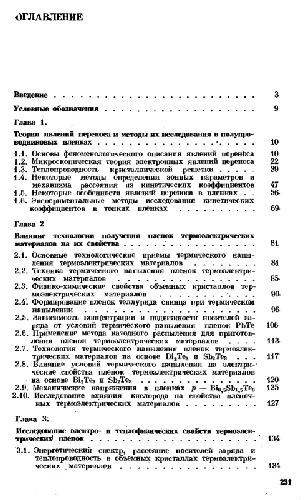
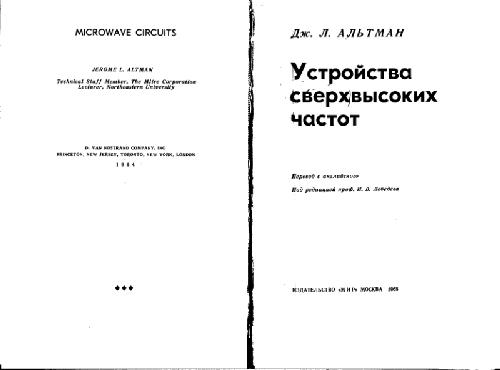
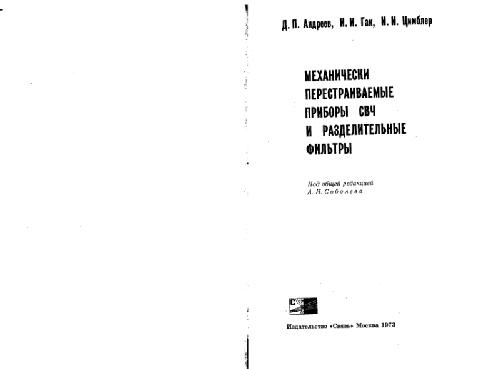
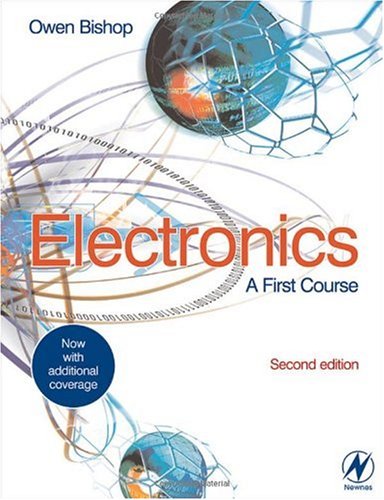
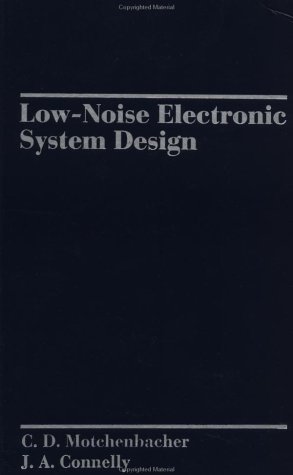
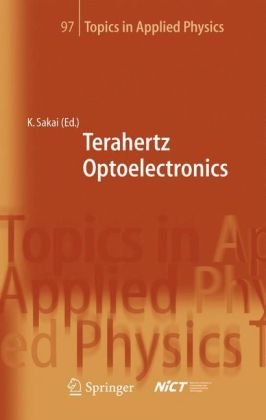
Reviews
There are no reviews yet.